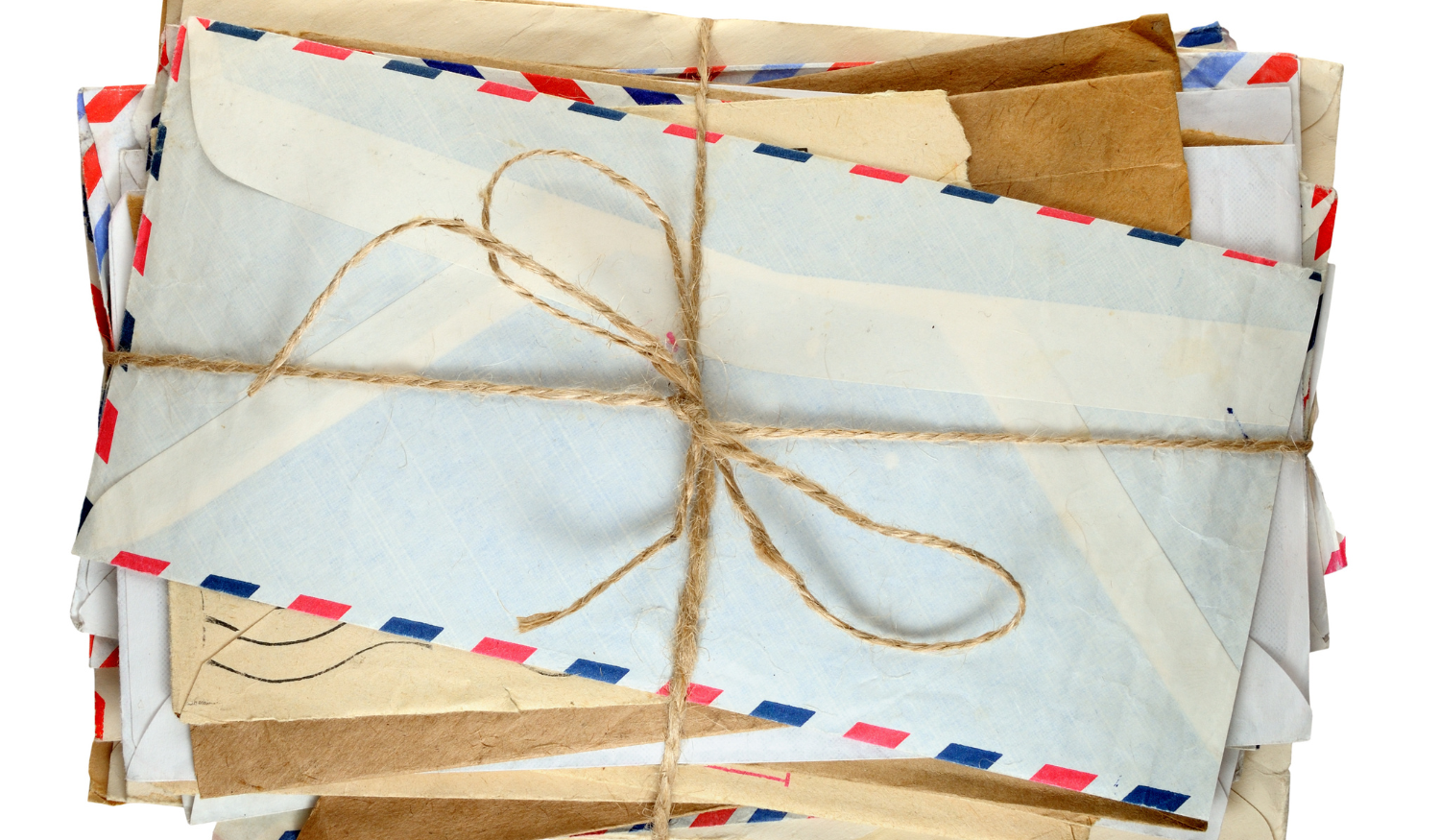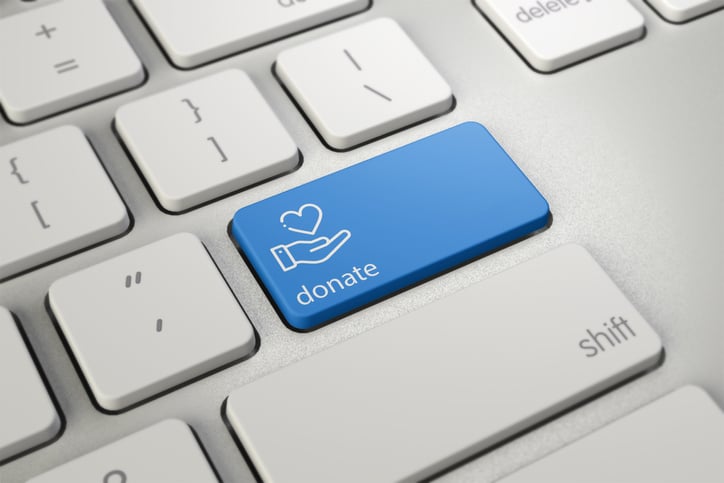The Seven Communication Pieces Every Nonprofit Needs
 by Dave Martin
by Dave Martin
According to nonprofit guru Pam Grow, there are seven key communication pieces every nonprofit needs!

Did you miss Pamela Grow when she dropped by CharityEngine’s webinar stage? If so, don’t worry: we’ve got you covered right here!
Let’s back up. Pam, a well-known fundraising coach, is a good friend of ours. With her focus on storytelling, she can make the most run-of-the-mill topics fascinating. And in her recent webinar, Seven Communication Pieces Every Nonprofit Needs, she offered road-tested advice that applies to nonprofits at any stage of their donor management journey.
To get a true sense of how entertaining Pam is, and to hear her stories and see her slides, you’ll have to watch the webinar. But if you’re a Cliff-notes kinda person (did I just date myself there?), we’ve chosen the highlights of her presentation to share here.
A Communication Model
Pam started by sharing an unpleasant truth: your nonprofit is not top of mind for your donors. They have a lot of heart-wrenching causes vying for their dollars, and unless you are putting your heart-wrenching cause in front of them often, they won’t remember what compelled them to donate in the first place.
What you need, she believes, is a communication model that you treat with as much reverence as a fundraising model. This model will get you in front of donors from the get-go, and you can rely on data to know the smartest ways to execute on this.
Seven Essential Nonprofit Communication Pieces
Again, for all the color and details, watch the webinar! But if you’re looking for a list with some tips, here are the communication pieces you need. If you’re huge and enormous and already wildly successful, you still need these pieces. They follow a model of ask, thank, report, repeat. Ready?
The Welcome Email
The statistics are staggering: welcome emails have a 91.43% open rate. These emails are opened four times the rate of regular emails! This translates to an amazing opportunity for you to connect with a donor.
Consider what happens when a prospective donor signs up to receive your emails. Do they get a standard message asking them to confirm their subscription? (We hope that’s the least they get – good email deliverability depends on it!) It’s important for nonprofits to spend some time perfecting the welcome email and starting these relationships off on the right foot.
Pam pointed out some particular recommendations she offers for in a good welcome email.
- Make sure it’s warm – smile when you write it!
- Cut the jargon.
- Be as human as you can be, personalizing your email with a first name
- Set expectations: how often can the donor expect to hear from you? Pam recommends weekly or once at month at the least.
- Include links to social media and opportunities for them to get involved beyond a donation
- They include a short survey – no more than three questions.
- Let your subscribers know your privacy policy.
If you want examples, you can find many on Pam’s site.
The Thank-You Email
When penning this email, think about how your email is going to make your donor feel. Rather than just serving as the vehicle for a receipt, use it as an opportunity to highlight the impact a donation has on your mission.
Did you know that just saying thank you – genuinely and continuously – you can increase every donation by an average of $45.32? That’s a pretty significant sum! Dr. Jen Shang discovered that the good feeling when someone is thanked lasts for 2.5 months.
And Ken Burnett says,
The simple fact is that an appropriate thank-you letter is perhaps the best fundraising opportunity of all.
If your thank-you email can elicit emotion, if it can place the power of change in the hands of your donors, you will instantly deepen the connection between your nonprofit and your donor. Humanize your communications and share love and gratitude to keep this relationship going strong.
The Thank-You Letter
Wait, didn’t we just cover the thank-you communication? No! Multichannel marketing gets your message out on...well, multiple channels. And this means that no matter how your donors like to learn about you, they can do it.
Pam says that direct mail is sticky – for every letter you send in the mail, you’d have to send five to ten emails to have the same impact!
It’s recommended that you incorporate the donor into the picture and appeal to their emotion. Show the impact of the donation and let them know what’s coming next. Do you have an event on the books, or will you be reaching out to them for year-end giving?
If you’re looking for a little inspiration, Pam recommends checking out this fabulous website from sofii. It’s got examples of thank-you letters that you can swipe (really, the word “swipe” is in the title of the article). It’s one of her favorite resources.
The Welcome Kit
The welcome kit is based on the idea that new donors who give a second gift pretty quickly after their first gift will continue their support at a rate at least two times greater than those who didn’t give a second gift right away.
Otherwise known as striking while the iron is hot. Upselling.
Why isn’t it common to receive two gifts in a row? Pam contends it’s because nonprofits don’t ask, and a welcome kit is a gentle way to ask. She also contends you don’t really have a donor until they make that second gift, underscoring the importance of a welcome kit.
It’s recommended that you ask someone for a second gift within six to eight weeks of the first gift. Here are some ideas of what a welcome gift can include:
- A thoughtful, genuine thank-you letter detailing the impact the donor has had
- A repurposed newsletter to give the flavor of your nonprofit
- A bookmark
- A soft ask and a reply envelope
Throw in anything you want that might make your donor feel special. Some colleges send socks to admitted students. That sounds silly, but those socks are a hot ticket and engender loyalty before the kids even enroll! Anything goes.
The Ask
How are you mastering the ask, and how often are you asking?
Your ask needs to include:
- A strong opening or lead.
- Your story – how are you bringing your donor into the picture?
- Your offer. Can you share a heartwarming story or some positive news from your nonprofit?
- Your ask…how are you conveying urgency?
- Reinforce your ask as you wind down the email or letter.
- Reinforce your mission in your closing paragraph.
- And always highlight your call to action!
Pam says you need a strong ask, and you need a strong ask on every page. How often should you ask? Pam thinks six to eight asks a year is perfect. And one of the viewers piped up with a great tip: pen a quick handwritten note on your letters to make your donors feel seen.
The Donor Newsletter
Does your nonprofit have a print donor newsletter? If the answer is no, it’s time to work on it!
Why is a printed newsletter important? Lisa Sargent calls the printed donor newsletters your “retention engines.” There is nothing better for growing your individual giving than to introduce a print donor newsletter.
The donor newsletter works because:
- It’s promoting monthly giving one month
- It’s promoting legacy giving another month
- It’s encouraging your donor’s partnership with your nonprofit
- It shares the impact your donor is creating through you
Pam offered a simple formula from Tom Ahern:
- Take an 11"x17" sheet of paper, fold it in half to make four 8.5" pages, then fold those into thirds for mailing
- It can be black and white or color
- Mail it to your current donors only
- Mail it in a standard envelope with a message like “Your latest donor newsletter is enclosed!”
- Send this as often as you can; quarterly is okay but six to eight times a year is better
- Enclose a reply envelope for checks and promote online giving as well
- Report on accomplishments – how have donor gifts made a difference?
Guess which of these best practices most nonprofits don’t follow?
They don’t mail the newsletter in a regular old #10 envelope and include a reply envelope. Self-mailers get tossed in the trash!
Donor Feedback
Finding your donors’ big why is critical to your fundraising success! Why do they give to your nonprofit?
You might be thinking, “Okay, Pam, it would be great to know why our donors give! But I don’t have a crystal ball.”
But you do, and it’s called a survey.
- Find the top echelon of loyal donors who have given consistently over a period of time
- Write a simple letter asking why they support your organization and include a quick survey to record answers
- Include a self-addressed, stamped envelope
It’s important to engage your donors in a way that encourages them to give and give more. And nothing cements the relationships like asking for their opinion.
How can you incorporate feedback? Pam offers some ideas:
- A donor survey
- Request feedback on social media posts
- Include a one-question survey in emails
What Should You Do First?
Hop on the phone and call five donors!
And then work on the elements of your communication plan, focusing on these seven pieces, and refine them until you’re excited to send them out. If you want to hear more from Pam, you can find her at pamelagrow.com. And, of course, if you want to hear more about CharityEngine, give us a shout!



